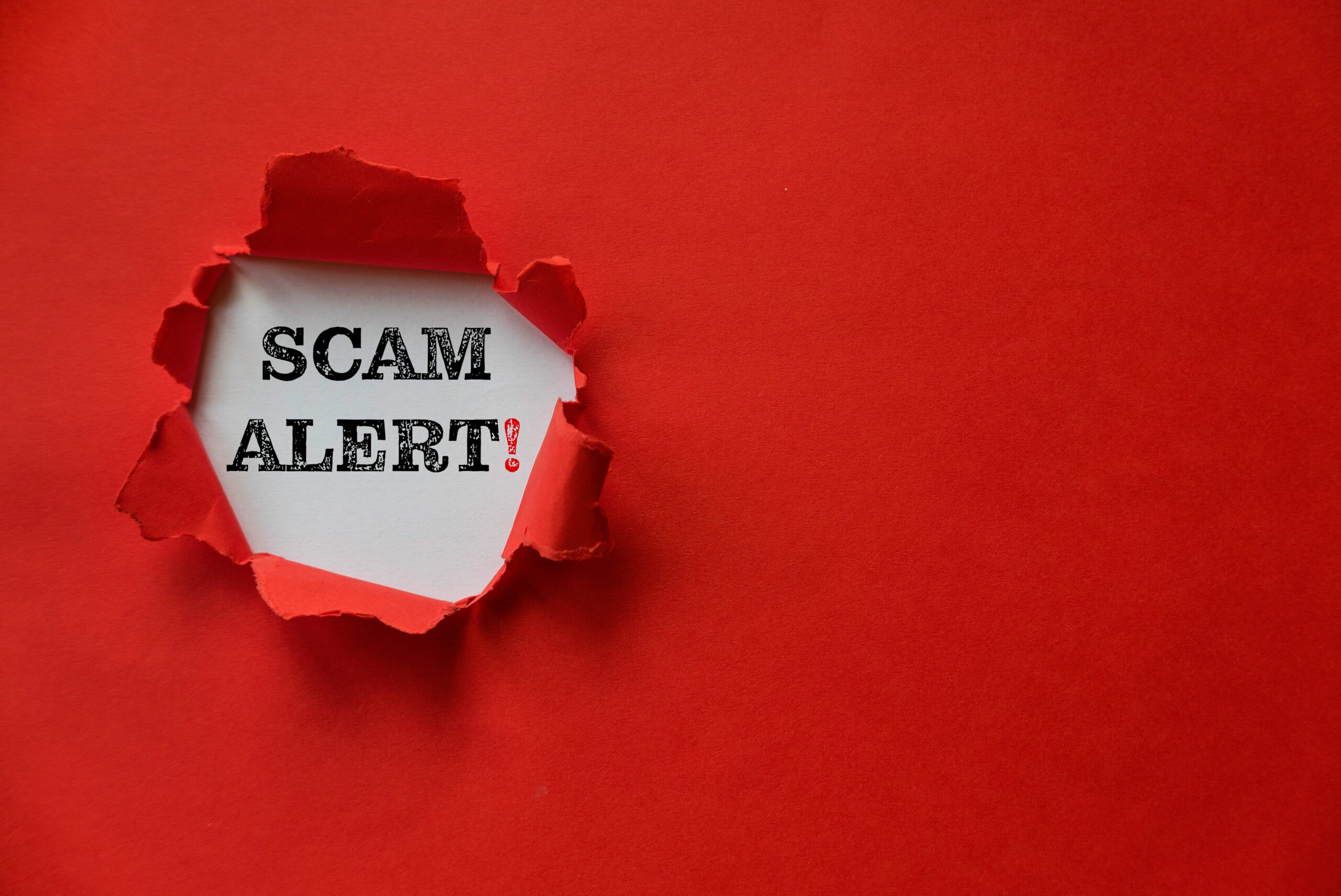How to Spot a Fake “All-Natural” Product
Spotting fake “all-natural” products can be tricky, but there are some simple steps you can take to ensure you’re getting the real deal. Here’s how to do it:
First, **be wary of vague terms**. If a product claims to be “natural” or “authentic” without specifying what that means, it might be a red flag. Genuine products usually provide clear information about their ingredients and manufacturing processes.
Next, **check the packaging**. Counterfeit products often have unusual or poorly made packaging. Look for misspellings, blurry logos, or anything that seems off. If the packaging doesn’t match what you’ve seen before, it could be fake.
**Inspect the product itself**. If it looks, smells, or tastes different from what you expect, it might not be genuine. For example, real honey crystallizes over time and doesn’t dissolve easily in water. If your honey stays liquid or dissolves quickly, it could be adulterated with sugar syrup.
**Prices that are too good to be true** are another warning sign. If a product is significantly cheaper than similar items, it might be fake. Genuine natural products, especially those with high-quality ingredients like truffles, are often expensive.
**Buy from trusted sources**. Purchasing from well-known brands or local producers can help ensure you’re getting a real product. Always read labels carefully and look for certifications like organic or non-GMO.
Lastly, **trust your senses**. If something feels off about a product, it probably is. Don’t be afraid to ask questions or seek advice from experts if you’re unsure. By being vigilant and informed, you can avoid falling for fake “all-natural” products.





